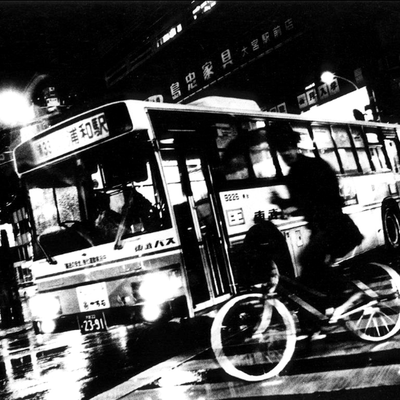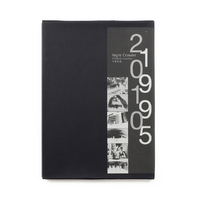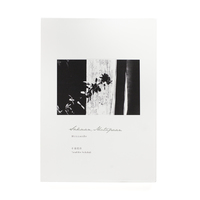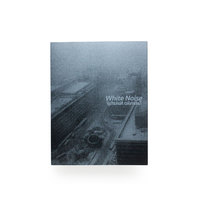Takehiko Nakafuji "Night Crawler 1995 2010"
To express his conflicting feelings towards his native city Takehiko Nakafuji has produced two intense portraits of Tokyo separated by a chasm of 15 years, in the years 1995 and 2010.
Nakafuji is part of the great Japanese photographic tradition depicting the city in gritty black and white. But for many years his work has concentrated on places like Eastern Europe and Russia rather than Japan. Why did he not continue to photograph his native Tokyo, in which so many photographers find their inspiration?
He is a Tokyo boy, a drop-out from one of the top Tokyo universities. One day he showed me his pictures from Tokyo in the 1990s. These photographs are full of energy, voyeuristic, excited with anticipation of the potential pleasures of this city, especially the pleasures of the night. We talked about showing his Tokyo work from his 1995 debut exhibition, and he restarted photographing his home city Tokyo after a gap of 15 years.
In his photographs from 2010. The mood is now dark and nightmarish, with hints of madness. Tokyo has changed. Nakafuji has changed. And we the viewers have changed. The fizz of the great Japanese Bubble has gone flat.
Nakafuji's terrible vision is that the souls of the human inhabitants have been torn out, and subsumed into the dark soul of the megalopolis.
-
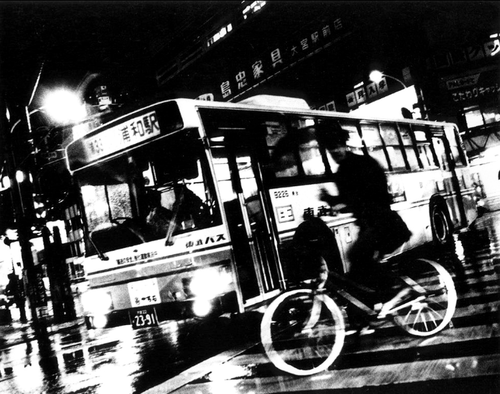 Takehiko Nakafuji "Night Crawler 1995 2010" ©Takehiko Nakafuji
Takehiko Nakafuji "Night Crawler 1995 2010" ©Takehiko Nakafuji -
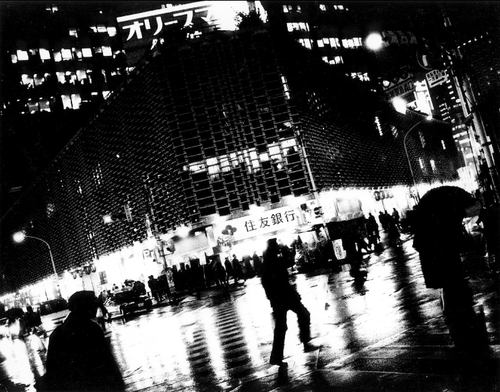 Takehiko Nakafuji "Night Crawler 1995 2010" ©Takehiko Nakafuji
Takehiko Nakafuji "Night Crawler 1995 2010" ©Takehiko Nakafuji -
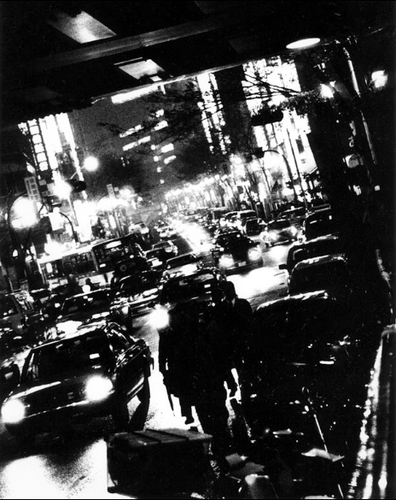 Takehiko Nakafuji "Night Crawler 1995 2010" ©Takehiko Nakafuji
Takehiko Nakafuji "Night Crawler 1995 2010" ©Takehiko Nakafuji -
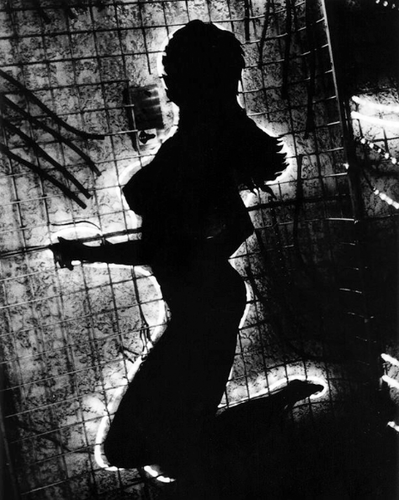 Takehiko Nakafuji "Night Crawler 1995 2010" ©Takehiko Nakafuji
Takehiko Nakafuji "Night Crawler 1995 2010" ©Takehiko Nakafuji
